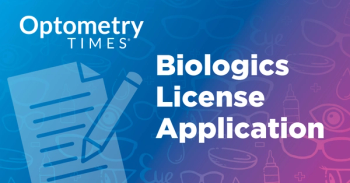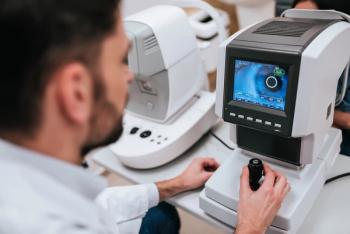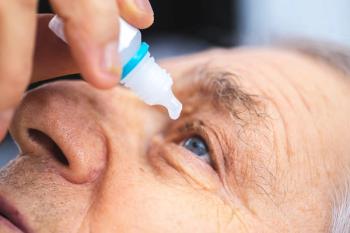
AAOpt 2024: Old school and new school approaches collide in patient education
This summary was generated using AI.
In his interview with Optometry Times, Jeffry Gerson, OD, FAAO focused on the topic of patient education and communication, exploring the differences between "old school" and "new school" approaches. Gerson explained that the presentation he co-presented with Joe Allen, OD FAAO, Dipl ABO, aimed to compare these 2 methods, highlighting how patient preferences and needs should guide the chosen approach. According to Gerson, the "old school" approach typically involves educating patients within the exam room or providing them with printed materials. In contrast, the "new school" approach, exemplified by Allen's work, leverages social media and online channels to reach and inform patients. Gerson noted that this new school method can benefit both younger and older patients, as many older adults are also active on social media and seek information online. The discussion emphasized the importance of finding a balance between the two approaches, as patients have diverse preferences and needs. Gerson suggested that a "happy medium" can be achieved by combining in-office discussions with the provision of online resources, such as guiding patients to educational videos on Allen's
The role of social media in patient outreach and education was also highlighted. Gerson acknowledged that social media has significantly transformed the landscape of patient education, as many patients now turn to online sources for information, regardless of what is discussed in the office. He stressed the need to guide patients to reputable online resources to ensure they receive accurate and reliable information.
Furthermore, the conversation touched on the impact of patient education on the quality of care. Gerson emphasized that effective patient education is foundational, as it helps patients understand the rationale behind medical recommendations, leading to better compliance and improved outcomes. He also noted the high demand for online educational content, as evidenced by the large following of Allen's online channels.
In conclusion, the discussion underscored the importance of adopting a multimodal approach to patient education, combining various methods to cater to the diverse needs and preferences of patients. By providing comprehensive resources, both in-person and online, healthcare providers can enhance patient understanding and engagement, ultimately improving the quality of care.
Newsletter
Want more insights like this? Subscribe to Optometry Times and get clinical pearls and practice tips delivered straight to your inbox.








































